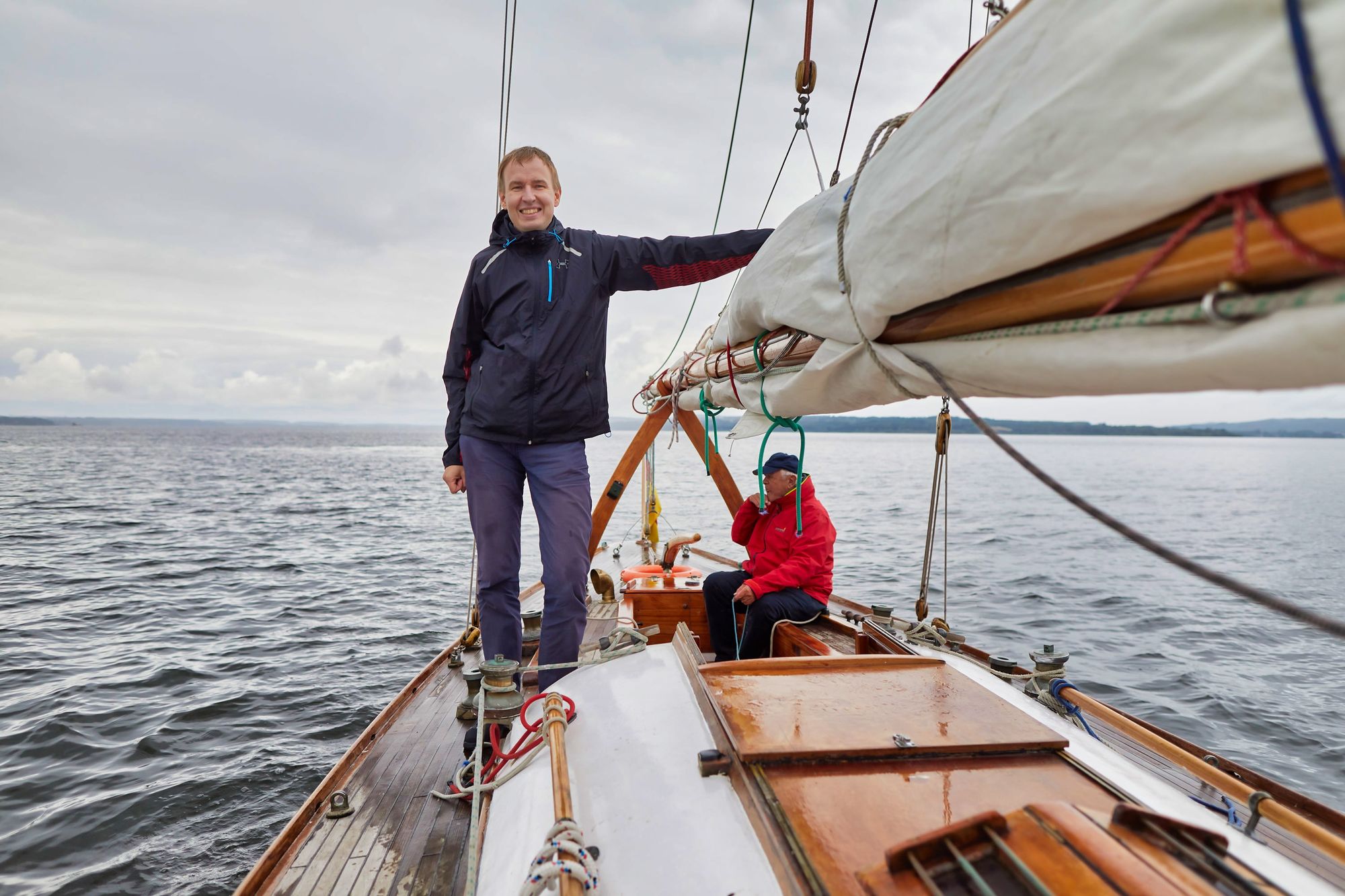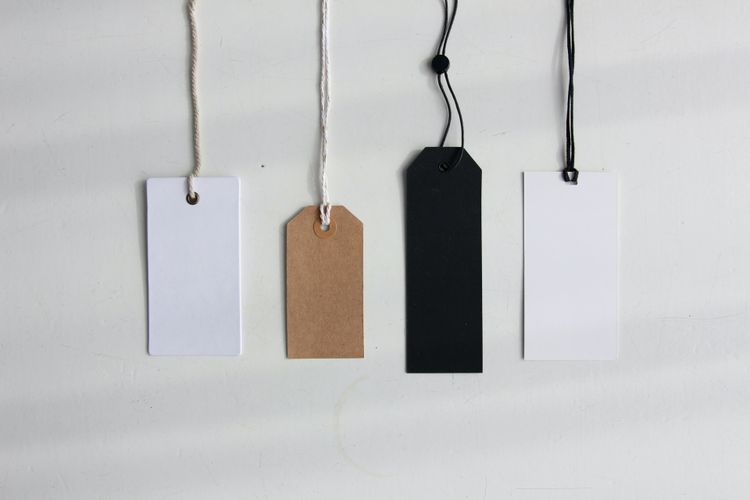On sailing Gaudeamus

It's now 3 weeks since my last post. Many exciting things happened and you'll hear all about it in due time as I'm catching up on writing here as well.
Firstly, sailing on Gaudeamus. You might have heard this name before. I knew it as the university song, which was sung at the University of Tartu, while I studied there in the past. Actually it has much longer history, which according to some, might date back to 1287. There's a longer article on Wikipedia on this. The full title of the song is "Gaudeamus igitur" ("So Let Us Rejoice").
It was also very appropriate for the EIT Health Alumni board meeting we had the last weekend of August in Dießen am Ammersee, a town in Southern Germany. After a year of virtual calls over Zoom, it was great to meet the team in person again.
While the weather was challenging - windy and cold rain with just counted minutes of sunshine having a peek through the clouds - the sailing Saturday was nevertheless much fun indeed.
Turned out that one of the sailboats we used and I stayed on the longest was named after the song, Gaudeamus. It has a long history - the boat has been sailing the seas since 1914. Initially on the Baltic Sea, where in the middle of last century it also helped a couple to flee from Eastern Germany to Western Germany during the iron curtain times.

While on the picture it seems like just one or two persons can sail the boat, in reality, we had a team of 7 onboard. Setting up the sails and adjusting them on the way requires good coordination, especially on these older boats.
There were also some learning nuggets from the sailing experience:
- These older sailboats a great for also sailing against the wind, going zig-zag. In a startup context, this is also meaning that you can go against the general market flows if you are smart in making your zig-zag moves.
- To keep the momentum, you have to steer your direction actively based on the wind. Just like in business you need to keep an eye on your KPIs and adjust your operations accordingly.
- Sense the (stormy) situation, and if needed, reduce the sail surface area, to keep the boat under control. Differently from running AWS Lightsail servers, which you can scale up while demand increases, your physical boat is limited in its capacity and you can't upgrade it dynamically once out on the waters.
If you haven't been sailing before, I can warmly recommend trying it out. Warmer weather would be probably even more fun than the chilling degrees. I can imagine that in some warmer countries people could also use sailboats as locations of quarantine - with access to fresh sea-breeze, not the limiting (lack of) ventilation in modern buildings.
In the next post, we're sailing to a new topic, stay tuned for more to come.





Member discussion